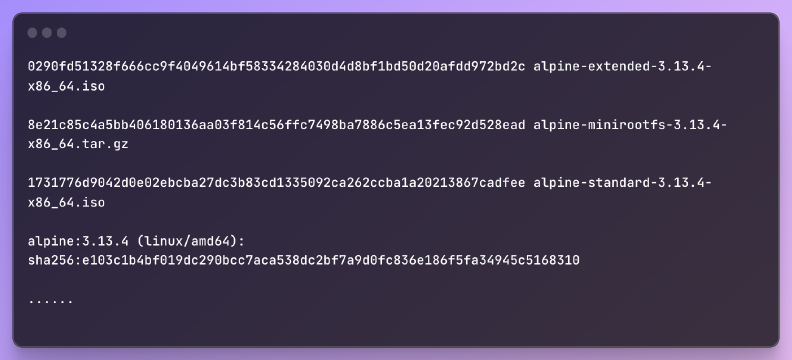Excerpt§
In this blog post, we explore the reasons why camel casing is widely used in programming. We discuss its definition, benefits, drawbacks, and common variations, highlighting its importance for code readability, maintainability, and integration with programming languages and frameworks.
Camel casing is a popular naming convention used extensively in programming languages. But why is this specific casing style so prevalent and what are its benefits? This article will examine the rationale behind using camel case and provide guidance on adopting it in your code.
What is Camel Casing?§
Camel casing is the practice of writing compound words or phrases such that each word or abbreviation begins with a capital letter, with no intervening spaces or punctuation. For example:
1let myVariableName = "Hello World!";
jsThis format is said to resemble the humps of a camel, leading to the convention’s name. It is also sometimes referred to as dromedary casing due to camels’ single hump.
There are a few variations of camel casing:
- Lower camel case: The first word is lowercase, subsequent words capitalized (e.g. myVariableName)
- Upper camel case: The first letter of every word capitalized (e.g. MyVariableName)
But in general, camel casing refers to the lower camel case style.
Benefits of Camel Casing§
There are several reasons why camel casing is extensively used as a naming convention in programming:
1. Readability and Clarity§
Camel casing improves the readability of variable and function names, especially long ones. The capital letters allow developers to quickly parse and understand complex identifiers.
For example, getCurrentUserLocation is easier to read than getcurrentuserlocation.
2. Consistency and Convention§
Using camel casing across all variable and function names creates consistent, conventional code that is easy to understand. It establishes a stylistic pattern that all developers can follow.
3. Maintainability§
Code written using camel casing is simpler to maintain and modify. The casing allows developers to instantly identify and isolate words and concepts used in names.
4. Integration§
Many programming languages like Java, JavaScript, C#, etc. either recommend or enforce camel casing by default. It integrates seamlessly with popular frameworks and libraries as well.
Drawbacks of Camel Casing§
The disadvantages of camel casing include:
- Potential confusion with similar styles like Pascal case
- Difficulty distinguishing abbreviations and acronyms within names
- Incompatibility with languages like Python that use snake case
Camel case works best when used thoughtfully and consistently.
Common Variations of Camel Casing§
There are a few common variations:
Lower camel case: The first letter is lowercase, subsequent words capitalized. This is the most widely used style.
1let userName = "John";
jsUpper camel case: The first letter of every word is capitalized. Often used for class names.
1class MyClassName {
2 // Class implementation
3}
javaHungarian notation: Includes a prefix indicating the data type. Used mainly in older Microsoft APIs.
1int iMyInteger = 5;
csharpThe lower camel case style without Hungarian notation is the predominant convention used in modern programming.
Online verification tool§
The following will provide you with an online free conversion tool, come and verify your results!
Conclusion§
Camel casing is an integral part of writing clean, readable code. Its ability to improve legibility, maintainability, and integration make it a sensible choice as a naming convention.
For individual developers, adopting camel casing where possible is recommended. And for teams, establishing camel case as a standard convention upfront ensures uniformity across projects and codebases.
While variations exist, lower camel casing without prefixes is the ideal casing style for most scenarios. Used thoughtfully, camel casing will make your brilliant code even more distinct!















